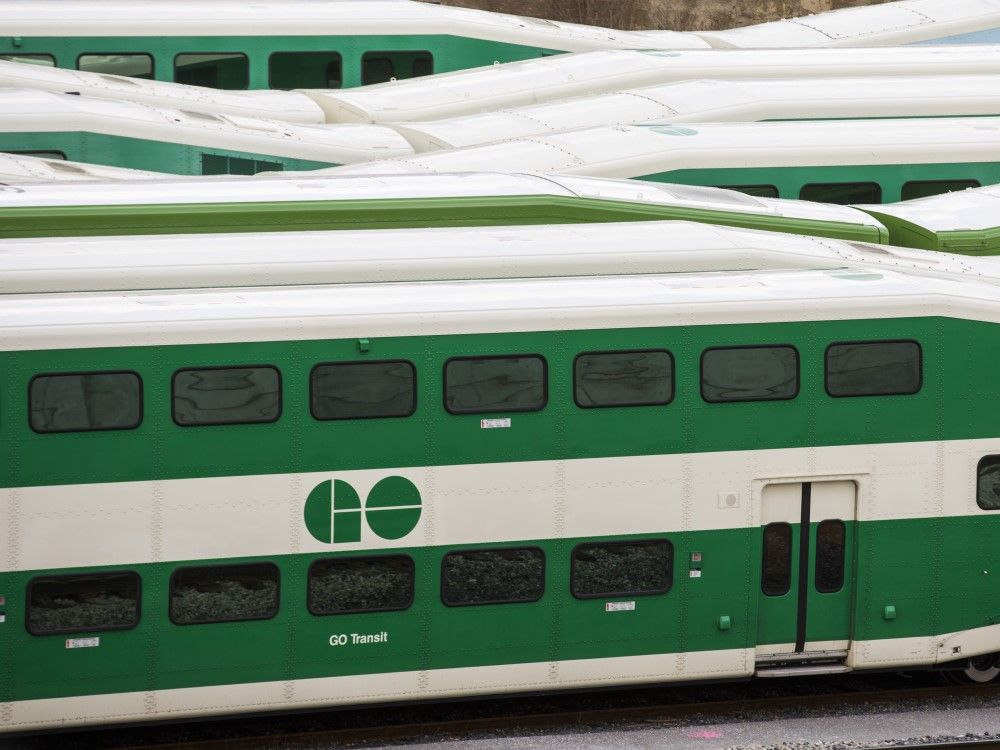Allandale25
Senior Member
I have mixed feelings right now, on one hand I’m happy they posted all that stuff about GO ALRT that I previously didn’t know about, on the other hand I’m sad because I just finished redoing 19 of my GO ALRT maps a few months ago, and now they’re all inaccurate:View attachment 591628
I would have to assume your awesome visuals are pretty close in terms of the alignments. Just think of this as an ongoing project and there's no immediate rush the specific lines in these exact locations with this particular technology isn't under construction






